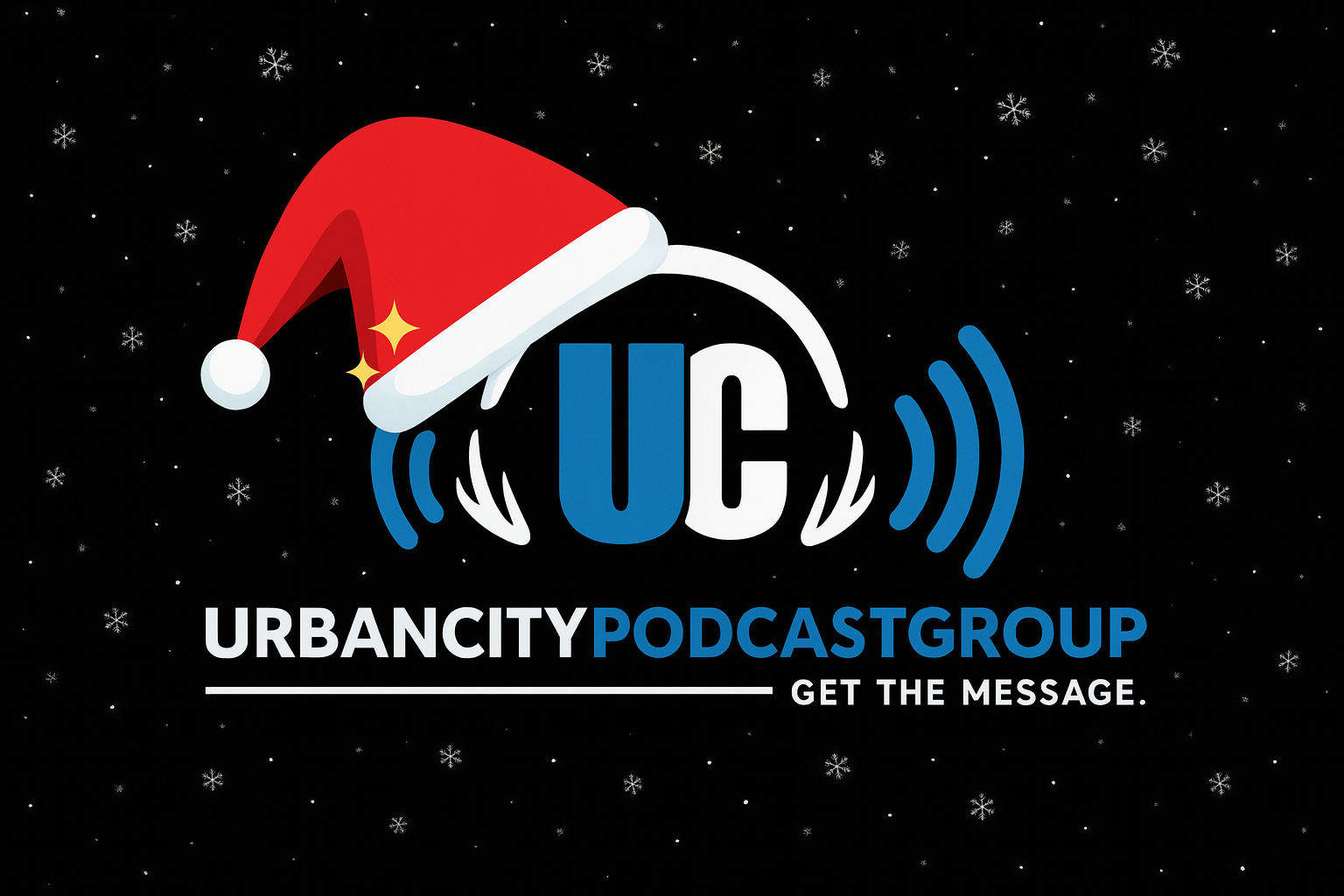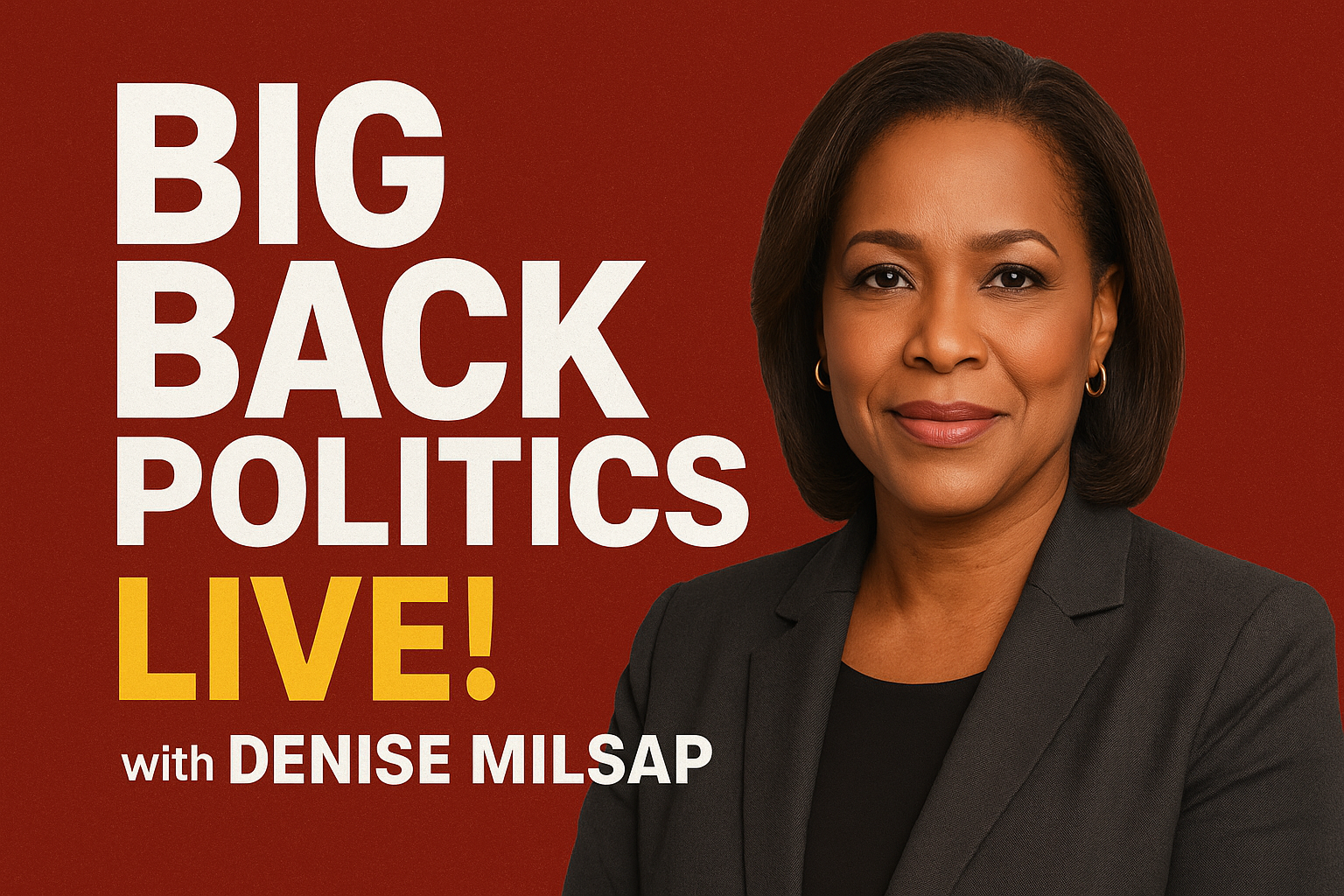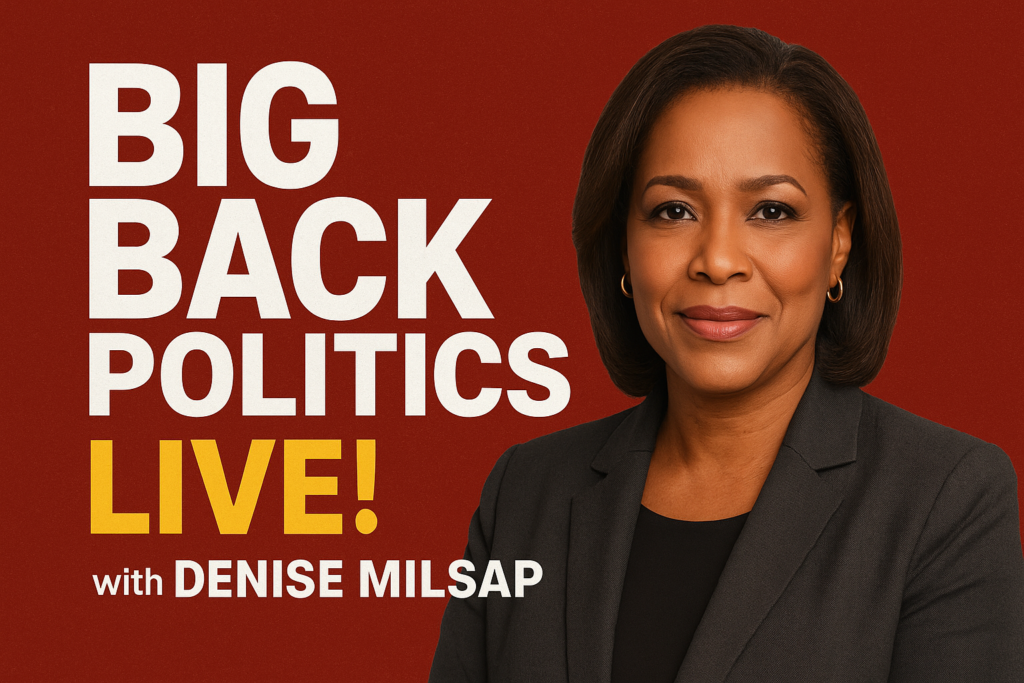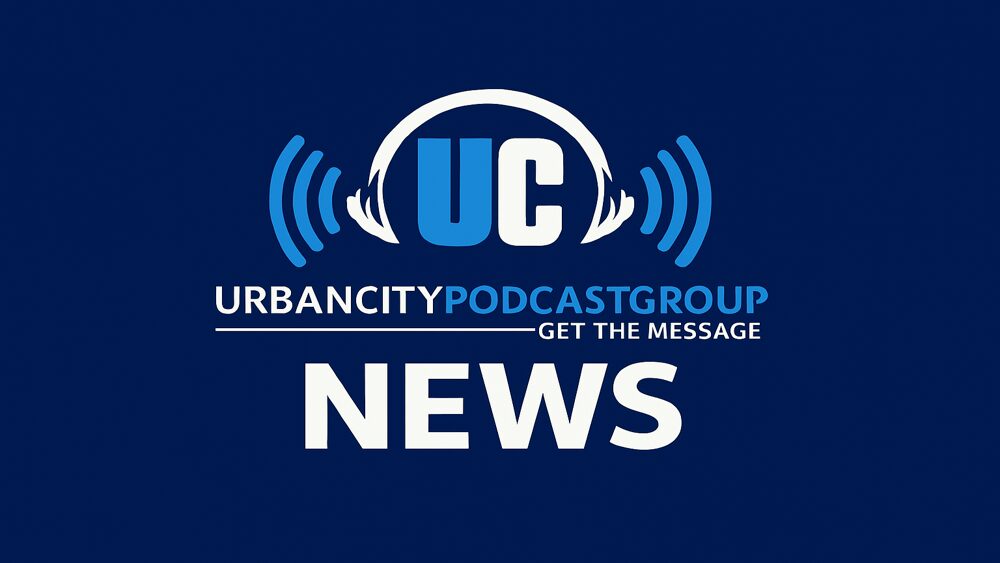Major Takeaways
- A federal judge ordered the Trump administration to fully fund November SNAP benefits for 42 million Americans despite the federal shutdown.
- The ruling ensures full payments rather than the planned 50–65% partial funding, preventing widespread hunger and delays.
- Urban households, food banks, and city grocers will see immediate relief and stability in the wake of this decision.
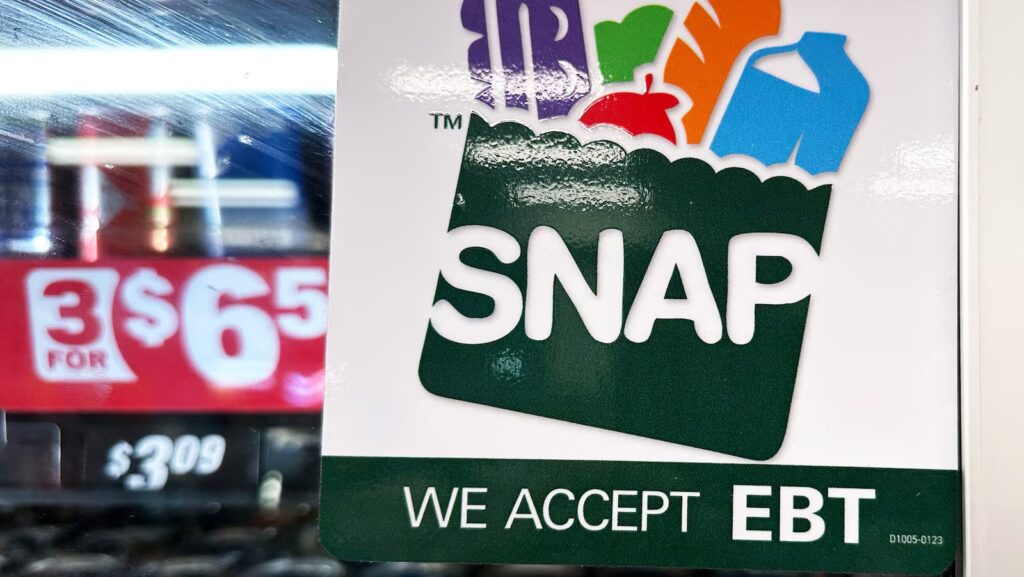
Powerful Facts About the Judge’s SNAP Ruling That Protect 42 Million Families
A federal judge in Rhode Island has ordered the administration to fully fund November’s SNAP benefits, a decision with immediate consequences for millions of families living in America’s cities. For weeks, households heard conflicting messages about whether their food assistance would be cut, delayed, or only partially paid because of the extended government shutdown. The court’s ruling cuts through the noise for this month by directing the government to find and deploy enough money to cover the full November payments and to do it fast so states can get funds onto EBT cards on the normal schedules. While a court order can’t instantly load funds onto every account, it sets a clear requirement: full benefits for November must be paid.
This matters because SNAP is not an abstract budget line. In urban neighborhoods, it is a grocery budget, a meal plan, a way to keep the pantry stocked between rent and utilities. It is the difference between buying fresh produce or stretching meals with starches and canned goods. It is how a single mother covers breakfast before school, how a home health aide fueling long shifts makes sure there’s protein in the fridge, how an elder on a fixed income keeps medication from competing with food at the end of the month. The court recognized these realities when it said partial benefits not only fall short, they also come too slowly for many states to implement, producing real, avoidable harm.
To understand the stakes, it helps to know what SNAP is and how it flows. SNAP, formerly known as food stamps, is a federal program that serves roughly 42 million people across the country, about one in eight Americans. Benefits are calculated based on household size, income, and certain expenses, and are loaded onto EBT cards on a state-dependent schedule. Some states issue benefits on the first of the month; many stagger payments over a range of days to avoid crushing demand on a single date. Large urban states often spread issuance across a week or more. When federal funding is uncertain, states can’t confidently run their normal processes. If officials were told to pay only a portion, many agencies would need to reprogram systems, test changes, and communicate new benefit amounts to millions of households. That takes time. The court noted those delays would hit families while the refrigerator shelves are sparse and prices at city markets are rarely forgiving.
The price context is important. Urban households shoulder higher grocery costs driven by rent, transportation, and labor expenses in dense areas. City shoppers also face time costs: long lines, peak-hour crowds, and the hassles of hauling groceries on public transit or arranging delivery windows that book up fast when benefits drop. When payments are reduced or delayed, families adapt by shrinking meal variety, skipping fresh items, or leaning on pantry staples. Food banks and community kitchens see immediate spikes in demand. Store owners who plan inventory around predictable EBT cycles scramble, risking empty shelves in key aisles or spoilage if demand doesn’t materialize as expected. A full November payout helps stabilize that ecosystem.
The judge’s order is not just about numbers; it’s about speed and practicality. While Washington argues over which pots of money can legally be tapped during a shutdown, parents still have to pack lunch, seniors still need nutrient-dense options, and kids still wake up hungry. The court concluded that the government must use available reserves to ensure full November benefits and rejected a plan to fund only 50 to 65 percent. The reason is straightforward. Partial payments are technically cumbersome for states to implement quickly and, by definition, insufficient for households already stretching every dollar. If there’s a way to pay the full amount now, the court says, the government should do so.
There is a timeline to watch. The order directs the administration to get full November funds to states by Friday. That doesn’t mean every household will see their benefits that same day. States have to process the incoming federal money and release it according to their systems. Most agencies have normal issuance calendars, and some may load funds as soon as the deposits arrive, while others may cycle benefits on the regular dates. Households should check their EBT balances through the state portal, app, or the number on the back of the card. If your state staggers payments, expect deposits to land on your usual day or slightly after, depending on how quickly the state confirms receipt of federal funds.
For families in cities, the practical advice is simple and grounded. Monitor your balance; many states push alerts when funds post. Plan your shopping list around staples first so you can cover several days even if fresh items come later. If you rely on online grocery delivery that accepts EBT, book delivery windows early slots tend to fill fast right after benefits drop. If mobility or childcare makes store trips difficult, curbside pickup can be a good middle ground where available. If your benefits do not appear when expected, contact your state SNAP hotline or 211 to get real-time guidance. Local nonprofits often coordinate emergency groceries, and community fridges can bridge a gap for a day or two.
This ruling is also about the hidden infrastructure that keeps food assistance smooth in a city. A lot of people rarely see it. The EBT systems must update, states have to reconcile accounts, retailers’ payment terminals must handle surges without glitching, and distributors plan deliveries around the anticipated lift of the benefits cycle. Urban grocers use data on when funds typically arrive to stock fresh produce, meat, bread, and dairy. When those cycles shift, both fridge and backroom logistics get messy. A full November payment lets store managers go back to the model they know: order for the usual spike, keep shelves full, and avoid waste.
Food banks felt the early tremors when partial funding was floated. Already stretched by ongoing need, they anticipated higher foot traffic if SNAP were cut or delayed. The judge’s order averts a spike that would have overwhelmed some city pantries. But even with full November funding, organizations expect a wave of people who have been in limbo all week. If you volunteer or donate, this is still a high-value moment. Canned proteins, whole grains, low-sodium soups, shelf-stable milk, and baby items go fastest. Food banks in large cities benefit from volunteers who can take weekday shifts, provide language support on intake forms, or help navigate stroller-friendly distribution lines.
Urban educators and pediatricians also track SNAP closely, because food security is directly linked to school attendance, concentration, and health outcomes. Routines around breakfast and lunch help kids stay anchored academically and socially. In cities where many students rely on school meals, disruptions at home created by benefit uncertainty ripple into classrooms. Full funding for November makes it more likely that students arrive fueled, with fewer last-minute scrambles for emergency meals. School-based food pantries and backpack programs may still see elevated requests this month as families catch up.
The economic ripple through neighborhoods is real. SNAP dollars are spent quickly and locally, with a known multiplier effect as those funds move from grocery counters to workers’ wages to rent and services. In urban areas, small and mid-size grocers, bodegas, and corner markets are woven into a system that depends on predictable cash flows. Partial benefits would have meant less revenue and more unpredictable demand. Full November funding steadies the month’s foot traffic and helps those businesses maintain staff hours.
Housing stability often hinges on SNAP as well. When a family loses part of their food budget, they reallocate money from somewhere else. In cities where rents consume a large share of income, there is very little flexibility. People might fall behind on utilities, risk late fees, or put off medication refills to keep food on the table. Over a month or two, that can spiral. By ensuring November’s food assistance arrives in full, the court reduces the odds of those trade-offs becoming long-term problems. Landlords, utility companies, and clinics all see fewer emergencies when essential programs function as intended.
Policy questions remain for months beyond November. The current order covers this month’s benefits. December and after will depend on congressional action and potentially additional court decisions. Households should follow their state agency’s updates, which typically come through official websites, text notifications, social media accounts run by the human services department, or recorded hotline messages. It’s wise to hold on to receipts and keep a simple log of EBT transactions if you experience irregularities. That makes it easier to resolve disputes or request corrections if something goes wrong with your account.
One source of confusion has been the idea of partial payments for current beneficiaries and who would be left out in that scenario. Partial funding models can inadvertently reduce certain households to zero for a month if the partial amount is allocated based on a maximum benefit formula and a state’s recalculation thresholds. That is the “irreparable harm” the judge referenced—in some states it could take weeks to calculate and deliver partial benefits, and in the meantime, the people with the thinnest margins could find themselves with nothing at all. The court’s approach was to avoid the technical morass and the human cost by requiring full payment using available funds, while leaving debates about future appropriations to the political branches.
There is also an often-overlooked aspect of SNAP administration in cities: how benefit timing interacts with store hours, safety, and transportation. In neighborhoods where late-night grocery options are limited, households prefer benefits to land when stores are open and buses or trains are running regularly. That is why states stagger payments and why families plan around those dates. A sudden, off-cycle deposit can lead to crowds at unexpected times and long waits that are hard for people with disabilities, elders, or parents with small children. Retailers sometimes adjust staffing if they know a surge is coming, but only when the timeline is clear. The sooner states publish their issuance plans in response to the court order, the smoother the next week will be for everyone.
For seniors and people with disabilities, SNAP can be a lifeline that supports medically appropriate diets. Urban food deserts have shrunk in some places but persist in others, especially when you factor in mobility constraints. Full benefits enable people to shop at the stores that carry the items they need rather than the closest spot with limited choice. If you deliver groceries to a neighbor or family member who uses SNAP, check whether the store or service you prefer accepts EBT online for delivery or pickup. If not, some cities have community organizations that pair volunteers with seniors for in-person shopping trips right after benefits arrive.
What should households do right now? First, check your balance through your state’s EBT app or website, or call the number on your card. Second, look for updates from your state human services department on when the November deposits will land—many states will post on their official social accounts or news pages. Third, build a priority list: proteins with good shelf life, whole grains, fruits and vegetables that store well, and basics like cooking oil and spices that make simple meals satisfying. If you are planning a larger shop once the deposit lands, consider doing a small fill-in trip first so you’re not forced into peak-hour crowds. Finally, keep your receipts and note the date and time of your benefit issuance. If anything looks off, contact your caseworker or the SNAP helpline for guidance.
For community members who want to help, remember that dignity matters. Ask food banks what they need most before donating. Consider gift cards to local grocers for neighbors who are between deposits or who had their benefits delayed. Volunteer with organizations that offer culturally familiar foods in multilingual neighborhoods. If you have a vehicle, delivery support during the days right after benefits arrive can be a huge help to families with limited transport options, especially in high-rise buildings where carrying heavy bags is hard.
Local governments in big cities can play a role in smoothing this month’s rollout. Transit agencies can watch for ridership spikes near major supermarkets and adjust service. Libraries and community centers can post clear instructions on how to check EBT balances and link to official state updates. School districts can remind families of how to access school meals and after-school snacks if home cupboards are thin before deposits hit. City agencies and nonprofit coalitions can coordinate to spread out food distribution events so that they supplement, rather than compete with, the expected return of regular EBT spending.
Retailers can prepare too. Frontline staff at urban markets do the hard work of managing crowds with empathy. Providing extra carts, opening additional registers during the first business day after deposits land, and keeping high-demand items like eggs, rice, beans, tortillas, bread, and milk well stocked can ease pressure. Posting clear signage about EBT acceptance for online orders and the steps needed at checkout helps first-time users. For stores in multilingual neighborhoods, translated signs reduce confusion and keep lines moving.
There is an emotional dimension in city households that policy language rarely captures. The past few weeks have been exhausting for families trying to forecast their food budgets while hearing mixed messages. People have rationed perishables, leaned on neighbors, and made hard choices they didn’t want their kids to see. The court’s order brings November back into focus. It doesn’t solve everything. It doesn’t guarantee what will happen in December. But it gives families a chance to exhale, to shop with a plan, and to get back to the routines that help urban life run: breakfast before school and work, a packed lunch that stretches, a complete dinner that fuels the next day.
Advocates will continue pushing for clarity beyond November. The realities of urban living—high rents, higher food prices, transit costs—mean SNAP is not a luxury but a baseline. Policymakers who understand how these systems interlock in cities will know that steady funding reduces downstream costs in shelters, hospitals, and classrooms. As the shutdown drags on, the lesson from this ruling is simple: when in doubt, prevent hunger first, argue later.
For now, the essential takeaways for city readers are clear. November SNAP benefits are ordered to be paid in full. States will process and distribute them as quickly as their systems allow, often on the normal schedule. Check your balance and official state updates, plan your shop, and reach out for local assistance if your deposit is late. Food banks are ready for those who need a short-term bridge. Retailers are preparing for a return to the usual cycle. Communities can help neighbors get through the transition with rides, delivery help, and respect.
The headline grabber is the judge’s order, but the heart of the story is still the table at home. A stocked pantry doesn’t just prevent hunger; it brings calm to a week full of other challenges. In a city, where every day is a sequence of logistics, the assurance that food assistance will land in full this month is more than policy news. It’s breathing room. It’s the difference between scraping and planning, between uncertainty and a workable list. And for the 42 million people who rely on SNAP—many of them in the nation’s urban centers—that difference will be felt the moment the EBT balance updates and the grocery list becomes a grocery run.
Looking ahead, stay connected to official state channels for December and beyond. If you’re a tenant balancing rent and groceries, communicate early with your landlord if a sudden expense arises, and seek rental assistance programs if needed. If you’re a caregiver, keep meal plans simple and nutritious, using items that stretch across several days. If you’re a worker with irregular hours, consider shopping during off-peak times once deposits hit, when lines are shorter and shelves are fuller. If you’re part of a faith or community group, coordinate support so help is steady rather than bunched up on a single day.
Cities endure by planning, sharing information, and looking out for each other. This month, that means making sure everyone who is eligible gets their full SNAP benefits promptly, using them in ways that keep families strong, and keeping pressure on decision makers to maintain continuity. Food is foundational. When it’s secure, urban life has room to move forward. When it’s not, everything else wobbles. The court recognized that reality. November’s benefits will reflect it. Now the work is to get those funds from federal accounts into state systems, onto cards, and into carts, so that dinner is not a question mark but simply the next thing on today’s list.
